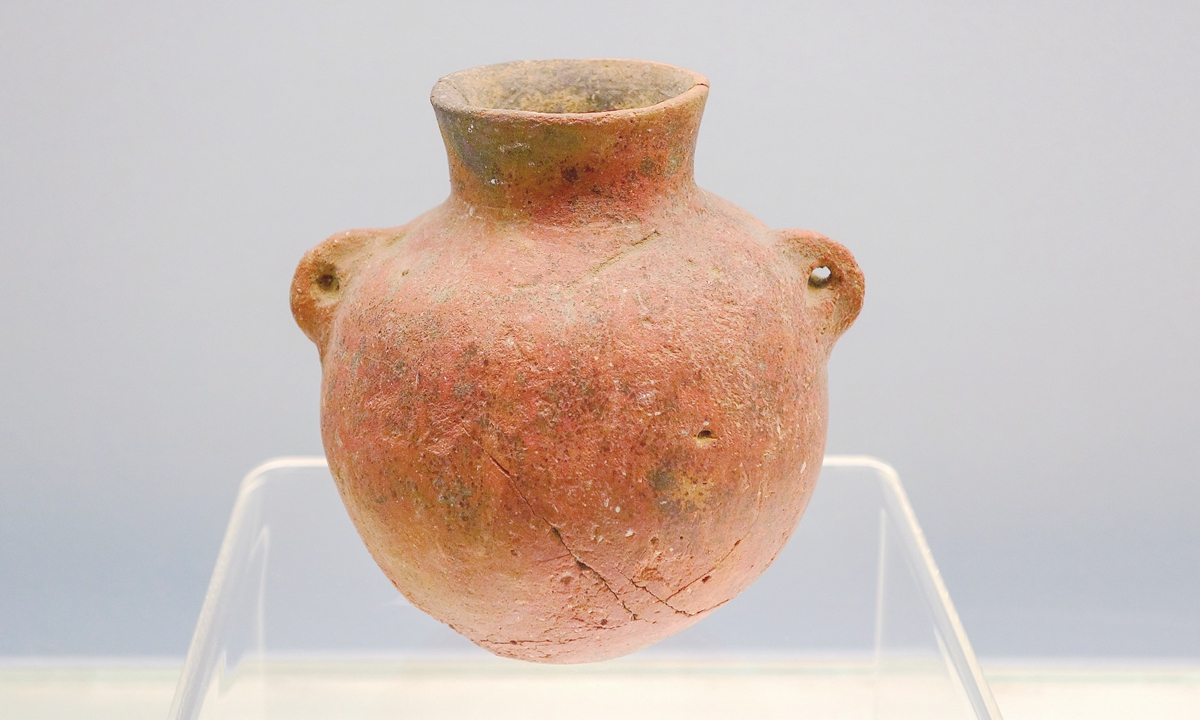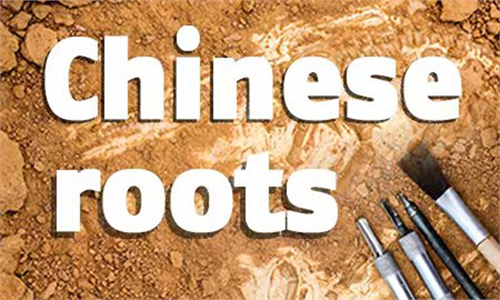ARTS / CULTURE & LEISURE
Chinese roots

Pottery of the Peiligang Culture Photo: IC
Peiligang Culture: Signs of advanced agriculture 8,000 years agoLocated near a village eight kilometers away from the nearest city in Central China's Henan Province and covering an area of more than 20,000 square meters, the Peiligang Culture site dates back to 8,000 years ago.
In the most recent research unveiled to the public in 2021, experts noted that findings showed that during the ancient time, Peiligang people had mastered winemaking using rice, millet and wheat as ingredients.
"It is also the earliest example of ang-khak rice mold wine brewing ever found in China," Li Yongqiang, head of the Peiligang excavation team, told local media.
The discovery of the ruins cannot be mentioned without talking about the stone mill grinders found by local villagers.
In the 1950s, many stone mill grinders were found in wild fields and brought home by locals, Du Ping'an, curator of the local Xinzheng Museum, told media. According to Du, locals had given more than 20 mill grinders to the museum by 1969, yet no one knew exactly "where or what time period they originated from."
"More of them were kept at villagers' homes. At the time, people didn't realize the importance of relic protection," Du added.
The truth behind these stone mill grinders wasn't uncovered until 20 years later, when more archaeologists began to pay attention to the Peiligang site and went to the village to find out more.
From 1977 to 1979, three massive excavations to the site were conducted near the village.
Experts discovered that in the unearthed areas, some cultural relics were missing, leaving only marks of the missing pieces in the dirt.
"Those marks coincided with the mysterious stone mill grinders that we found," Du said.
Archaeologists also discovered stone shovels, sickles, axes and pottery bowls and pots.
"This shows that 8,000 years ago, our ancestors had already begun farming and fishing. People left caves and built houses on the open plains," said Du.
A turquoise necklace showed the Peiligang people's pursuit of beauty, while toy animal heads such as pigs and sheep showed the domestication of livestock.
Global Times

